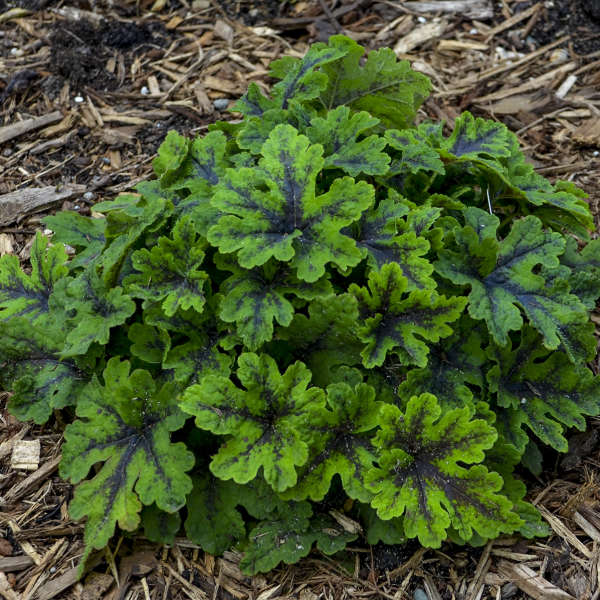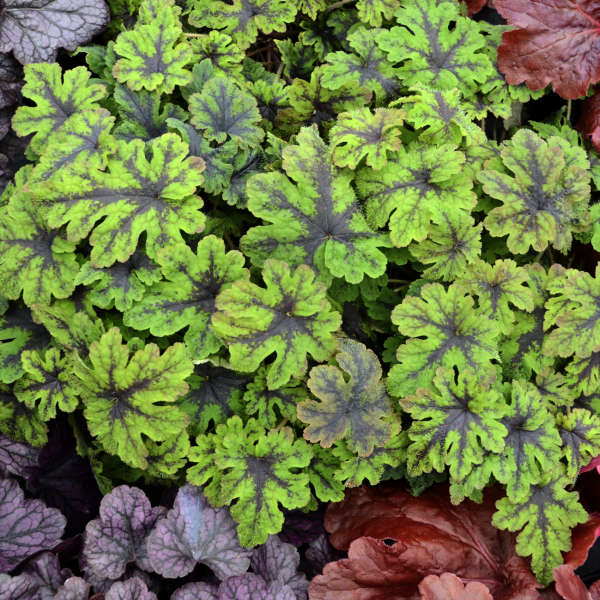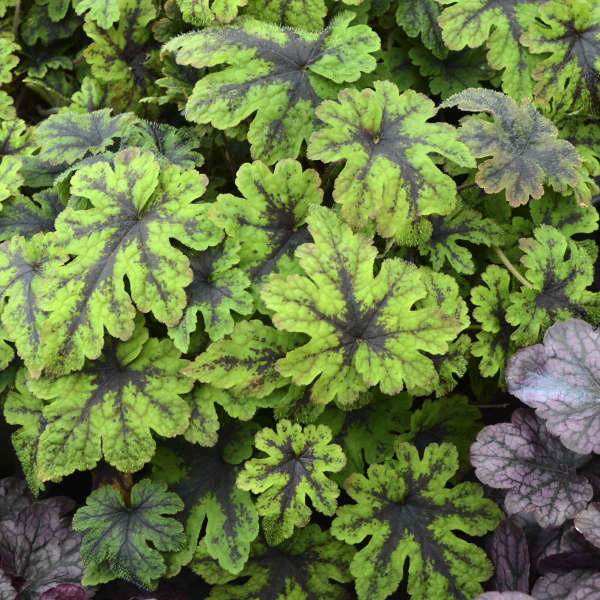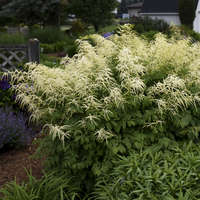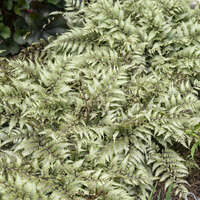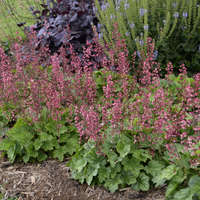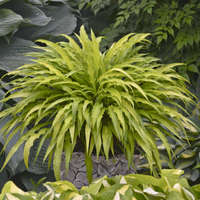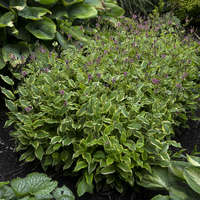Tiarella 'Fingerpaint' PP28012

Common Name: Foamflower
This woodland perennial is truly a plant with interest for all seasons. Starting in spring, bright green foliage will jump out at you from the shade. Each leaf is deeply lobed with pointy edges, with an overall lacy texture. The centers of the leaves have burgundy blotches, like handprint made with paint. Ivory flowers appear just above the foliage in early spring. This foamflower is a semi-running type, forming a compact, dense, rounded mound that will have restrained spreading.
Tiarellas can be grown in containers and in the landscape anywhere that dappled to full shade can be provided. They pair beautifully with hostas and ferns. Tiarellas are enjoying popularity thanks to their shade tolerance, unusual leaf shape, dramatically marked foliage, repeat flowering, and light fragrance.
30ct Plug Tray |
72ct Plug Tray |
